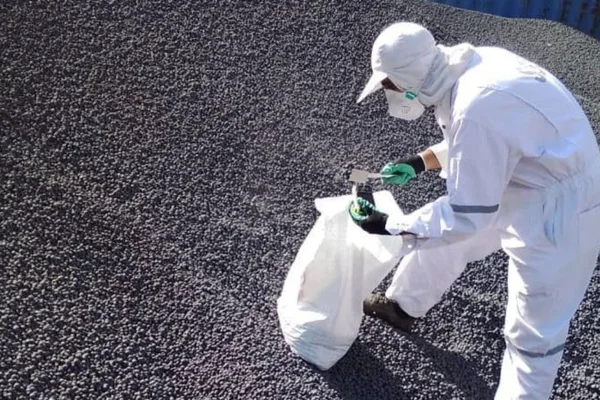Domestic sponge iron manufacturers fear a continuous shortage of iron ore may bring it to the brink of collapse.
About Sponge Iron (Direct-Reduced Iron):
- Sponge iron is produced through the direct reduction of iron ore into iron by a reducing gas containing elemental carbon or hydrogen.
- The production process is called direct reduction and is performed at temperatures below the melting point of iron, typically in the range of 800 to 1,200 °C.
- Reducing gases used include syngas (a mixture of hydrogen and carbon monoxide) or pure hydrogen.
- When hydrogen is used, no greenhouse gases are emitted.
Uses and Processing:
- Although not useful by itself, sponge iron can be processed into wrought iron or steel.
- The process involves removing the sponge iron from the furnace, a process known as a bloomery, and then beating and folding it to remove slag and oxidize impurities.
- This results in wrought iron with about three per cent slag and minimal other impurities. Controlled addition of carbon and heat treatment can produce various types of steel.
Significance in the Steel Industry:
- Sponge iron serves as an energy-efficient alternative to scrap metal in steel production.
- It is used as a substitute for scrap in induction and electrical furnaces due to the high cost and scarcity of scrap metal.
- Sponge iron provides a uniform and clean iron source, free from tramp elements, enhancing furnace efficiency and steel quality.
Global Production:
- India is the world’s largest producer of sponge iron, contributing 20% of global production.
- The country hosts over 200 sponge iron plants, mostly utilizing the coal-based method of production.
Ref:Source
| UPSC IAS Preparation Resources | |
| Current Affairs Analysis | Topperspedia |
| GS Shots | Simply Explained |
| Daily Flash Cards | Daily Quiz |



